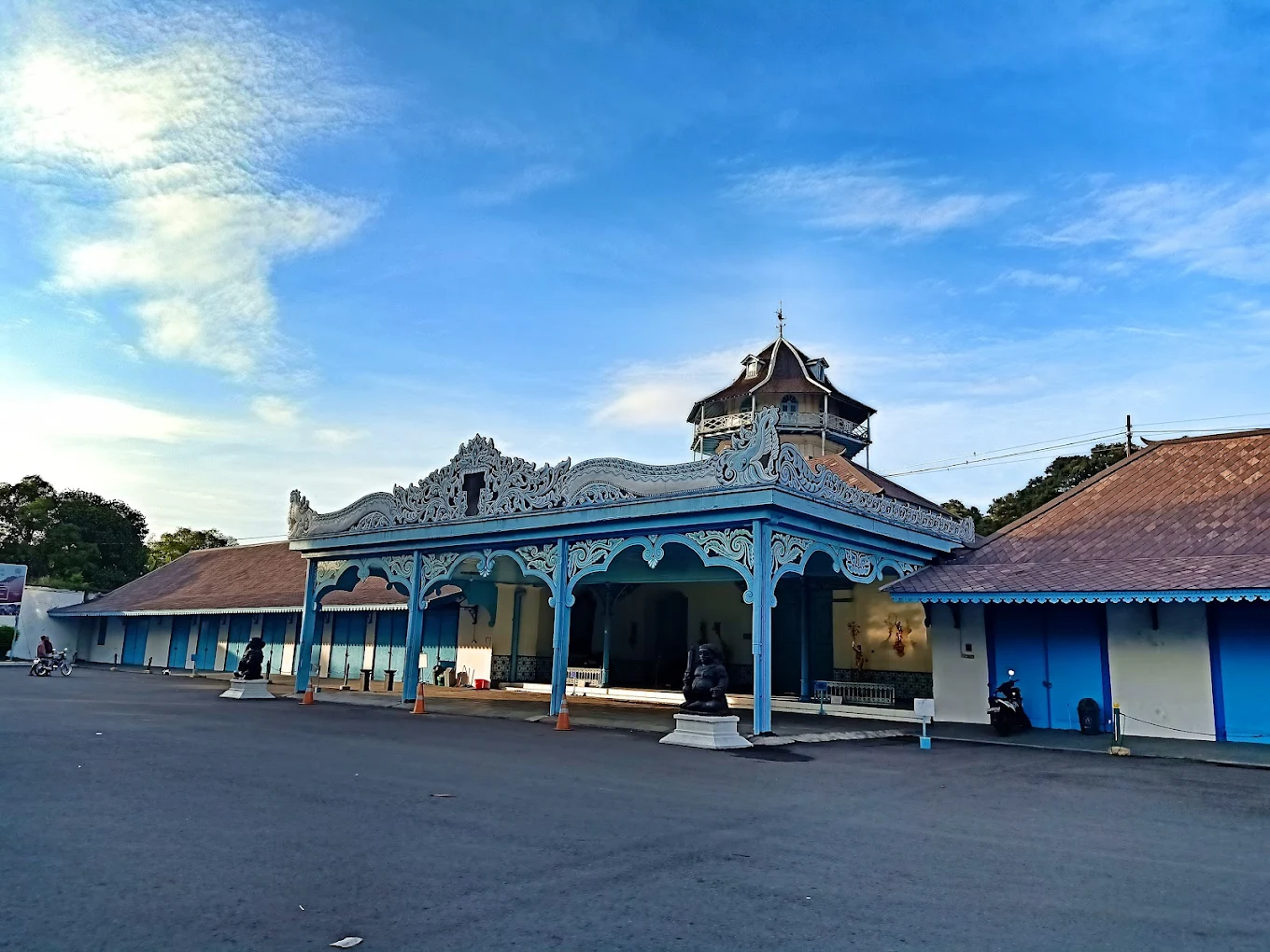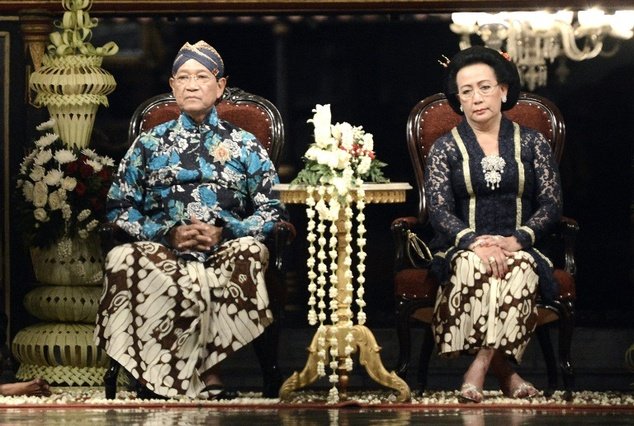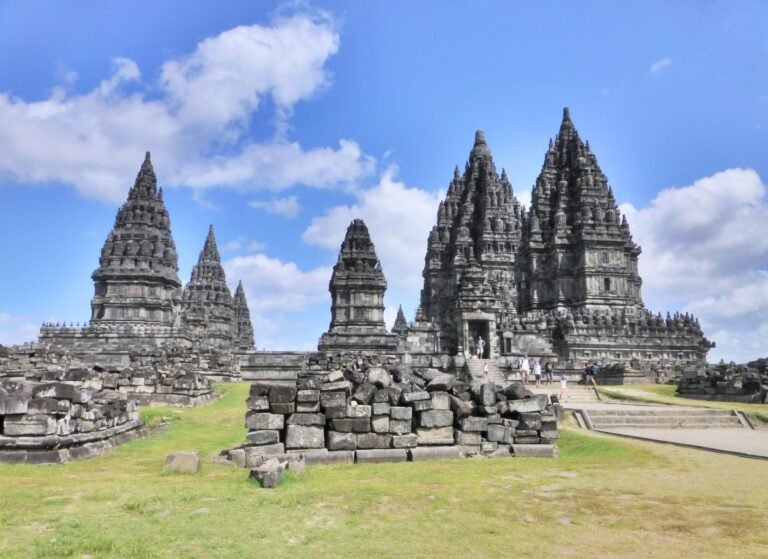Many tourists who love history ask us:
“Why are there two royal families in Central Java — Yogyakarta and Surakarta?”
It’s a great question — and one that many Indonesians also wonder about!
Yogyakarta and Surakarta (also called Solo) are two cities that share a deep cultural and historical connection, especially when it comes to Javanese royalty. But they also have a unique royal path, each with its own story, its own court, and its own traditions.
This article is written in a simple style so that anyone — even first-time visitors — can understand the important history behind the split of the Mataram Kingdom, which led to the formation of Kesultanan Yogyakarta and Kasunanan Surakarta. At the end of the article, we’ll also share how Yogyakartatour.com can help you explore this royal legacy with real experiences.
Let’s begin!
1. Why Was There a Mataram Kingdom in the First Place?
Before talking about the split, let’s start with this question:
“What was the Mataram Kingdom?”
The Islamic Mataram Kingdom was a powerful Javanese kingdom that ruled much of Central and East Java in the 16th and 17th centuries. It was centered in Kota Gede, which is now part of Yogyakarta city.
What made Mataram powerful?
- It united many parts of Java under one rule.
- The king had both political and spiritual authority.
- It was rich in culture, architecture, and traditional arts.
But like many kingdoms in history, Mataram had internal problems, especially about who would inherit the throne. And that’s where things started to change.

2. What Caused the Conflict Between Royal Families?
This is the key part of the story.
After the great king Amangkurat I, many of his descendants fought each other for power. This led to a series of civil wars in the kingdom.
At the same time, the Dutch East India Company (VOC) was watching closely. The VOC (Dutch colonial power at the time) took advantage of the royal conflict. They supported whichever prince gave them the most benefit — usually in the form of trade rights, territory, or political control.
The fighting got worse during the reign of Sunan Pakubuwono II, who ruled from Surakarta, the capital that replaced Mataram after the previous palace was destroyed in a rebellion.
3. What Was the Giyanti Agreement?
Now comes the most important event:
The Treaty of Giyanti (Perjanjian Giyanti) in 1755.
What was it?
It was an agreement made between:
- Sunan Pakubuwono III (successor of the Mataram king)
- Prince Mangkubumi (his uncle, who rebelled)
- And the Dutch VOC
Why was the treaty made?
Prince Mangkubumi, who later became Sultan Hamengkubuwono I, didn’t agree with the Dutch influence in the kingdom. He led a rebellion and became very strong in the central Java region. To stop the civil war and maintain power, the Dutch offered a solution: split the kingdom into two.
The result of the Giyanti Agreement:
- Mataram was officially divided into two kingdoms:
- Kasunanan Surakarta (led by Sunan Pakubuwono III)
- Kesultanan Yogyakarta (led by Sultan Hamengkubuwono I)
- The Dutch controlled both sides indirectly.
This marked the official separation of Javanese royal power — a division that still exists today.
4. What Happened After the Separation?
After 1755, the two royal courts went on to develop their own identities, even though they shared the same roots.
In Surakarta:
- The court remained known as Kasunanan.
- It continued with court arts, especially wayang and karawitan (gamelan music).
- The city of Solo (Surakarta) developed around the royal palace.
In Yogyakarta:
- The newly formed Kesultanan Yogyakarta built a new palace (Kraton).
- It developed its own art style, dance, architecture, and traditions.
- Yogyakarta eventually became a strong cultural and political force, especially during Indonesia’s independence.
Each court still performs royal ceremonies, traditions, and education in Javanese philosophy, making both cities rich with heritage.
5. Were There Any More Divisions After That?
Yes, actually.
In 1757, just two years after Giyanti, another prince named Raden Mas Said also demanded his share. The Dutch again offered a solution and allowed him to rule a smaller kingdom called Mangkunegaran, inside the Surakarta area.
Later, in 1812, under British influence (during the time when the British briefly took over Java), the Dutch allowed the formation of another small palace in Yogyakarta called Pura Pakualaman.
So eventually, we had:
- Surakarta with:
- Kasunanan
- Mangkunegaran
- Yogyakarta with:
- Kesultanan
- Pakualaman
These divisions still exist symbolically and culturally, even though Indonesia is now a republic.

6. How Did These Royal Families Survive Until Today?
The royal families of Yogyakarta and Surakarta are still active, but their roles have changed.
In Yogyakarta:
- The Sultan of Yogyakarta is not just a cultural figure — he is also the governor of the province.
- The special region status was given to Yogyakarta because of its support during Indonesia’s independence.
- Sultan Hamengkubuwono IX played a huge role in the early years of Indonesia.

In Surakarta:
- The Sunan of Surakarta still exists, but no longer has political power.
- The palace remains important for cultural preservation, rituals, and tourism.
Even now, tourists can visit both palaces and see real royal ceremonies, traditional dances, and historical architecture.
7. What Are the Differences Between Yogyakarta and Surakarta Today?
Even though both cities are rooted in the same royal bloodline, they have developed their own personalities.
Yogyakarta:
- More active politically (because of the Sultan’s role)
- Strong in arts and education
- More tourist-friendly, with easier access to temples, beaches, and mountains
- Famous for batik, silver, Gudeg, and Merapi
Surakarta (Solo):
- Feels more quiet and traditional
- Strong in music, gamelan, and wayang
- Focuses more on court ceremonies and classical arts
For tourists, visiting both can give a complete view of Javanese royal history.
8. Want to Explore This History in Real Life? Let Us Guide You!
If this story about the split of Mataram interests you, then it’s time to visit the places yourself! And we at Yogyakartatour.com would love to help.
We offer:
- Custom historical tours of the Kraton, Taman Sari, and Kotagede
- Educational tours that explain the Giyanti Treaty and royal family trees
- Trips to Surakarta (Solo) for a full comparison with Yogyakarta
- Cultural experiences like batik making, keris workshops, and royal dance shows
All guided by locals who love history and can explain it in a simple, friendly way — not just facts, but stories too.
Final Thoughts from Our Team
The story of the separation between Kesultanan Yogyakarta and Kasunanan Surakarta is one of war, politics, and culture. But more importantly, it’s a story of survival — how Javanese tradition continues even today, despite centuries of change.
If you’re a foreign visitor who wants to understand Indonesia on a deeper level, this is one of the best stories to explore. And if you want to go beyond the guidebooks, we at Yogyakarta tour are here to show you the royal legacy — in palaces, streets, ceremonies, and everyday life.
See you in Yogyakarta — where history still lives and breathes.
—
Written by Yogyakartatour.com Team – Your friendly local guide to Javanese history, culture, and unforgettable travel in Yogyakarta.







